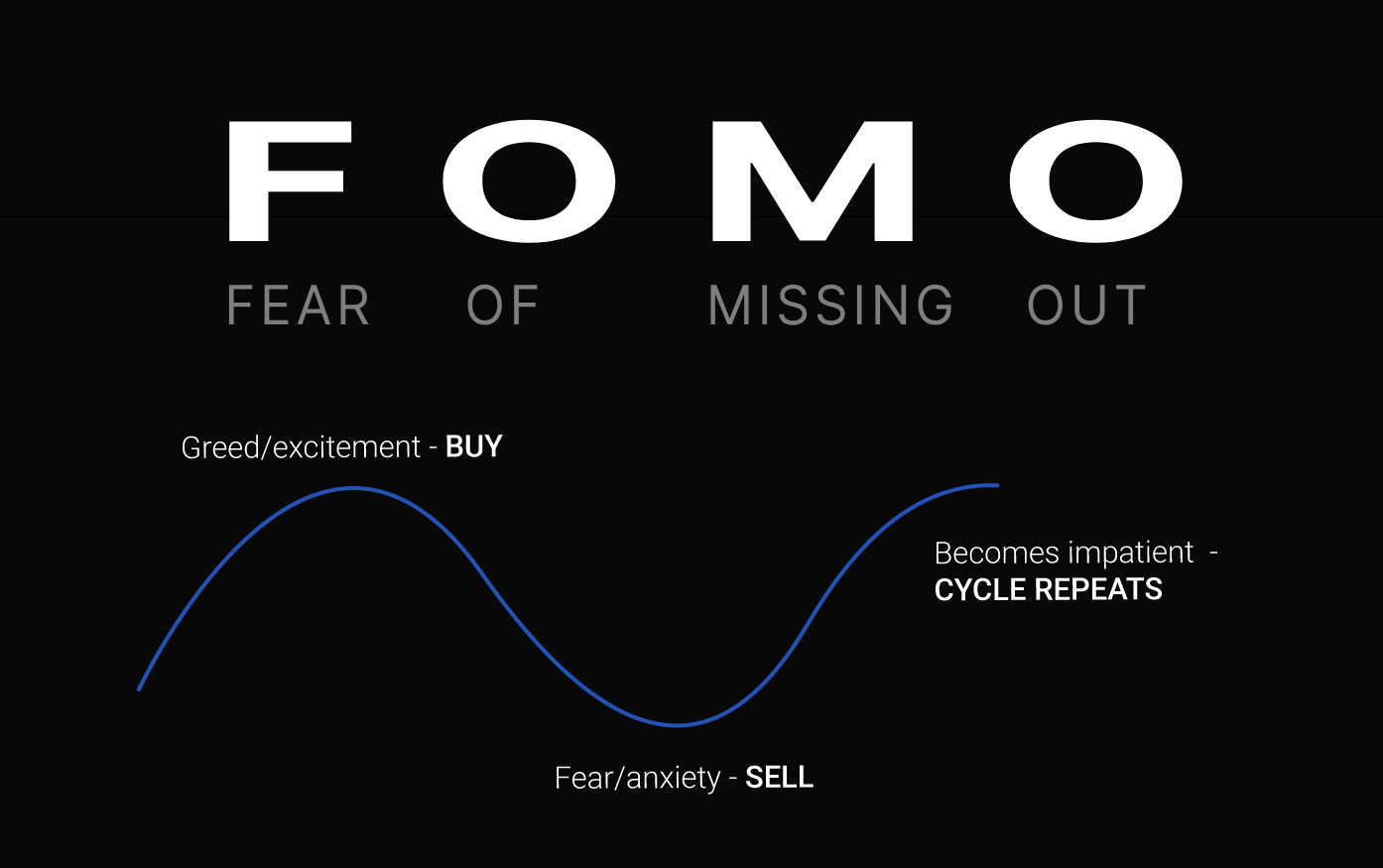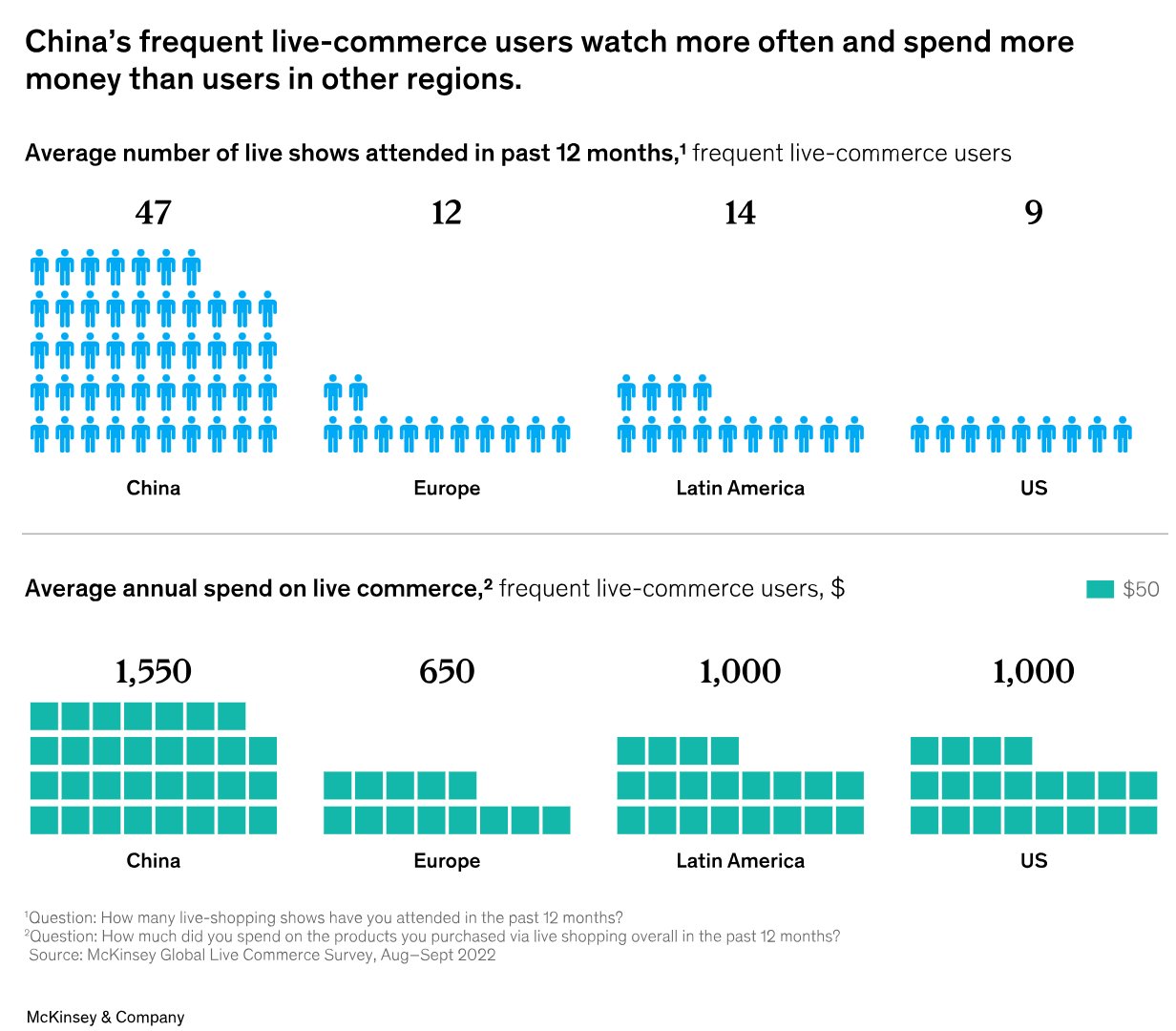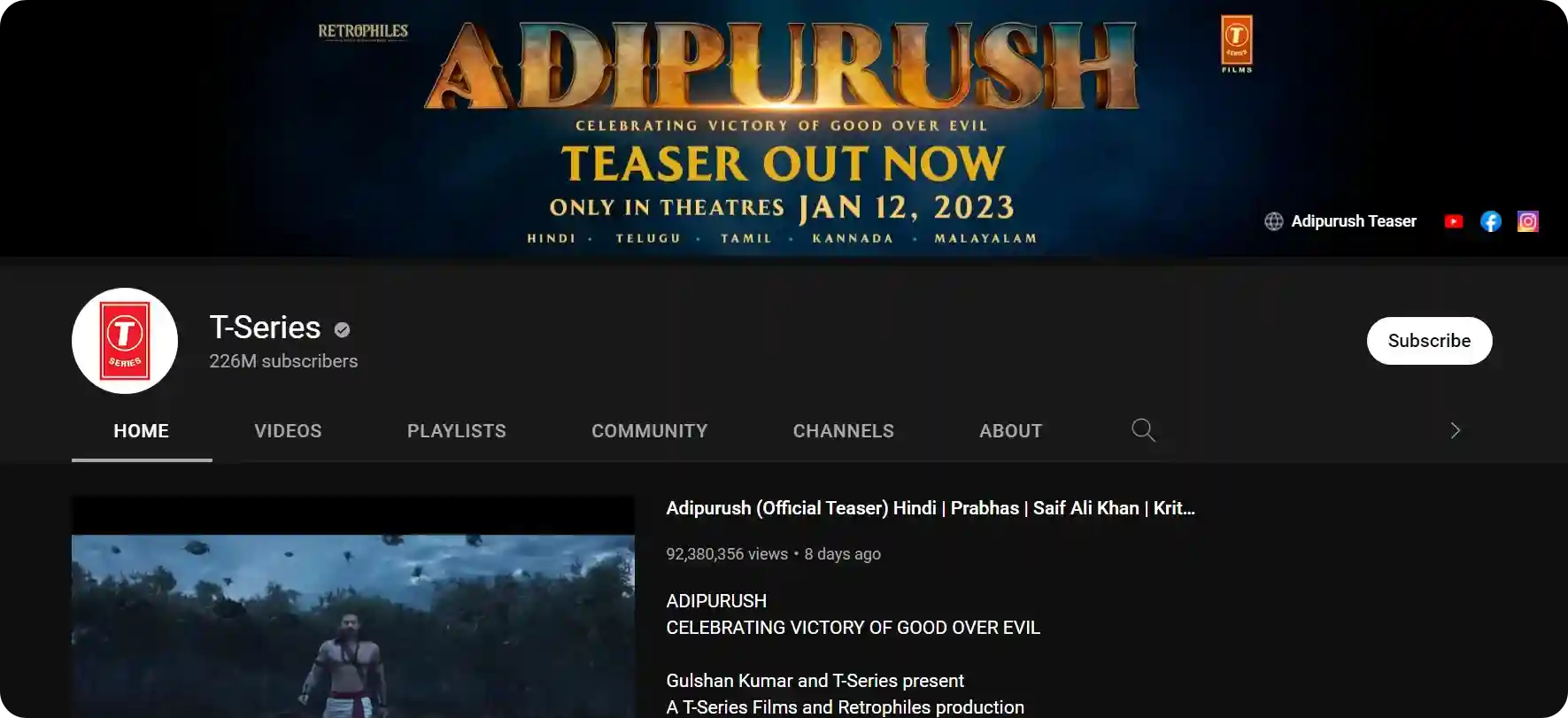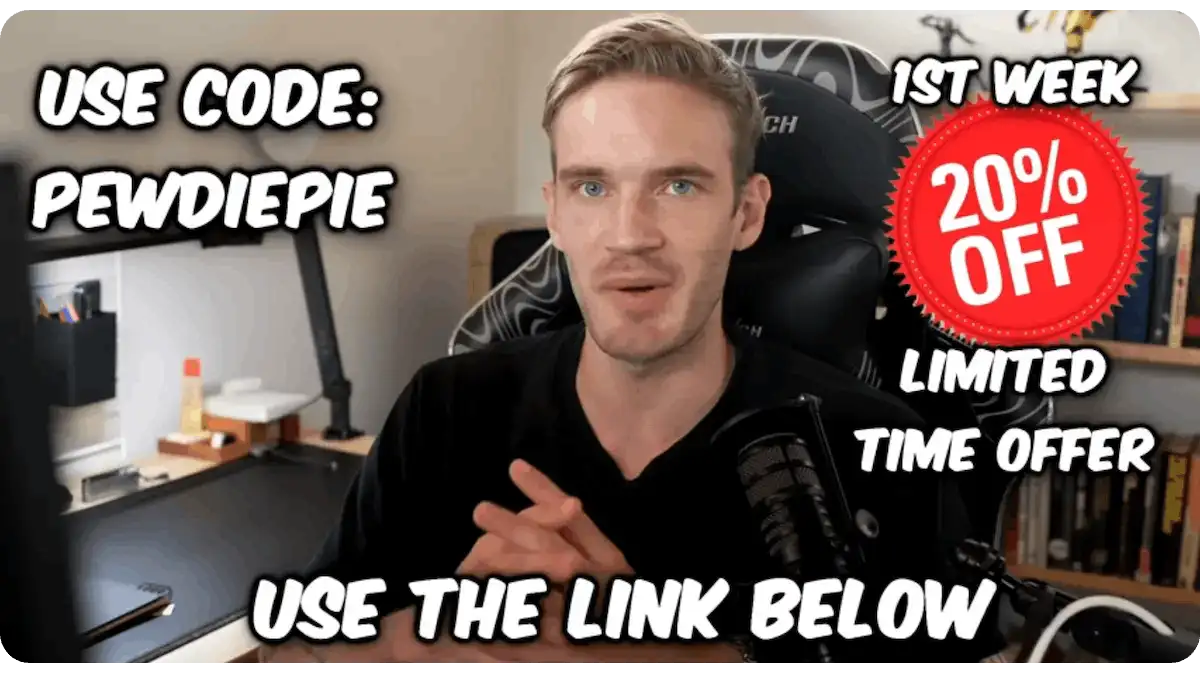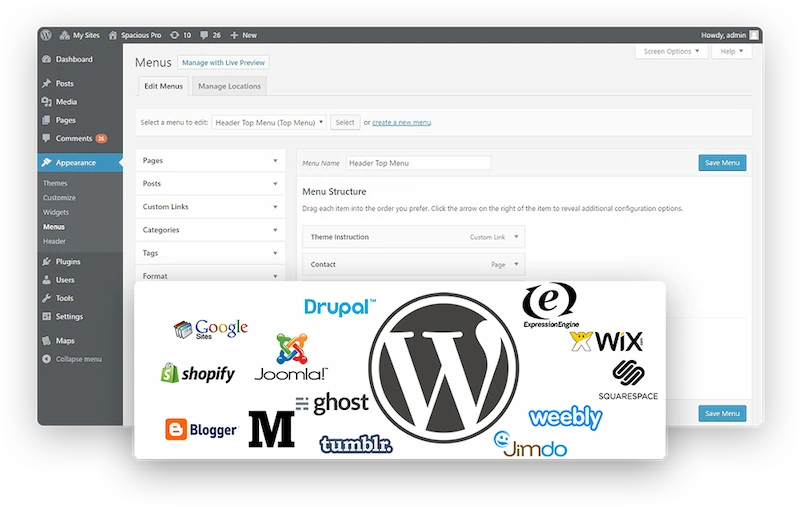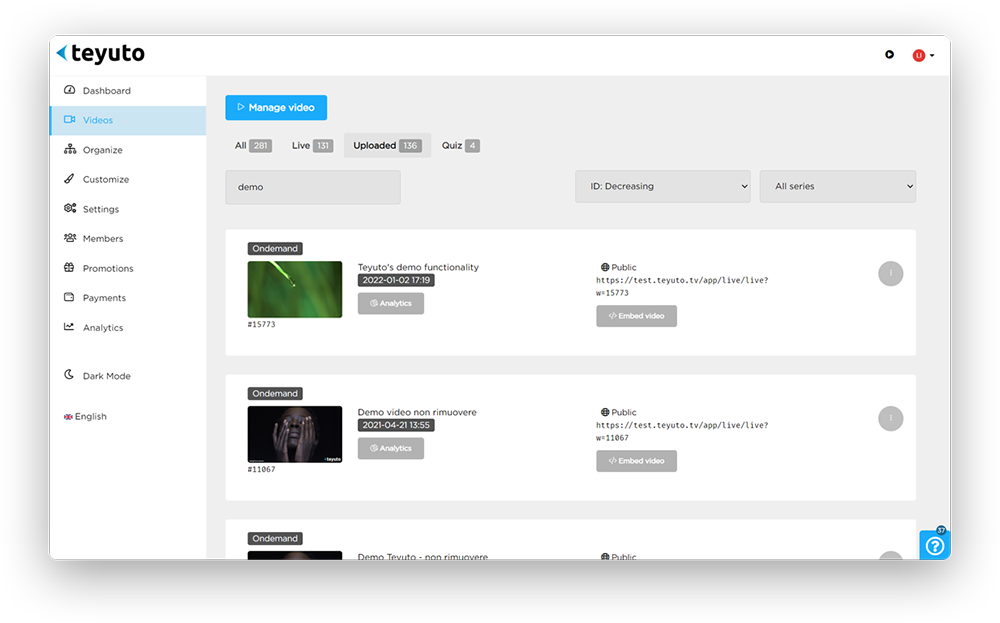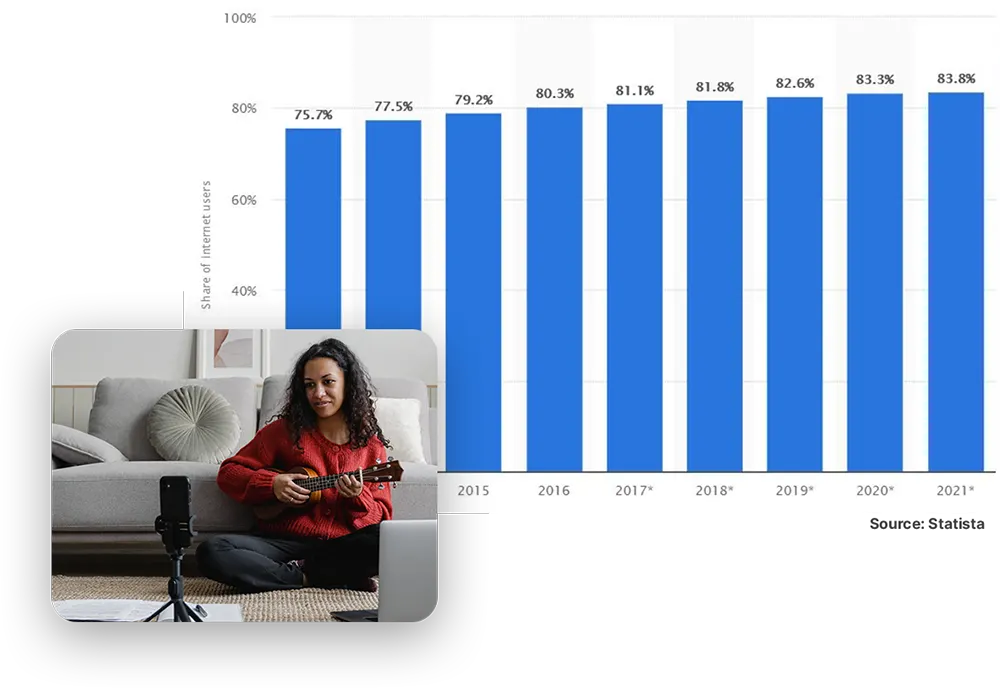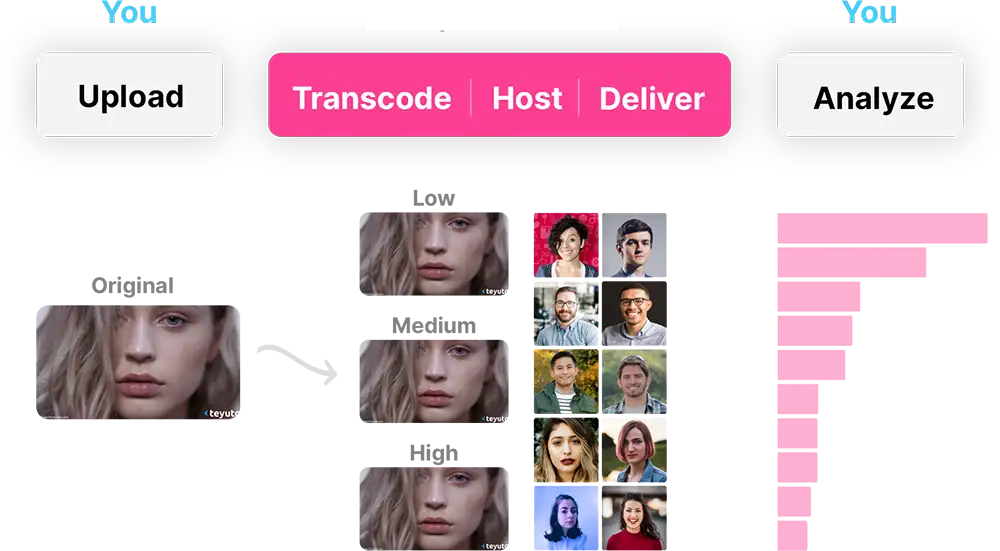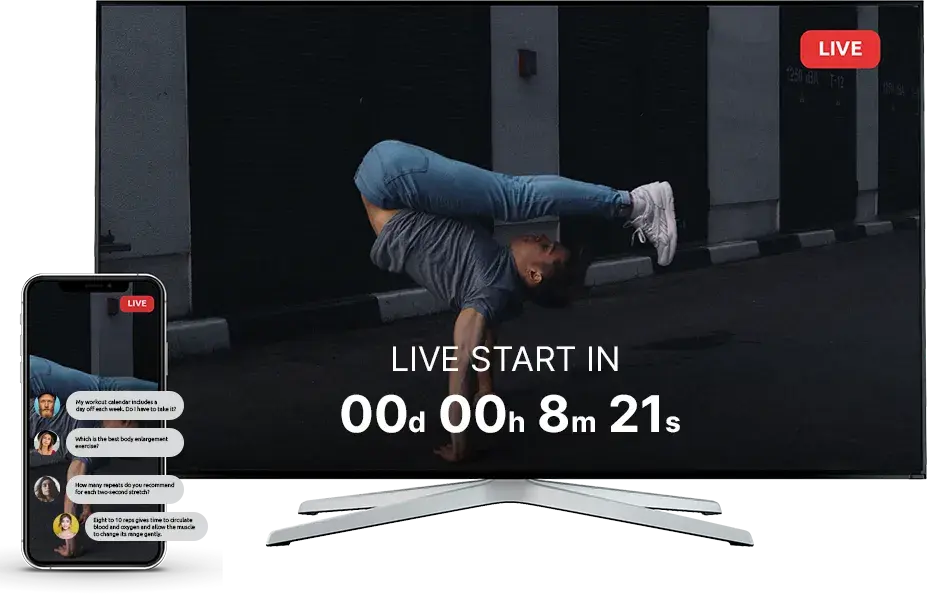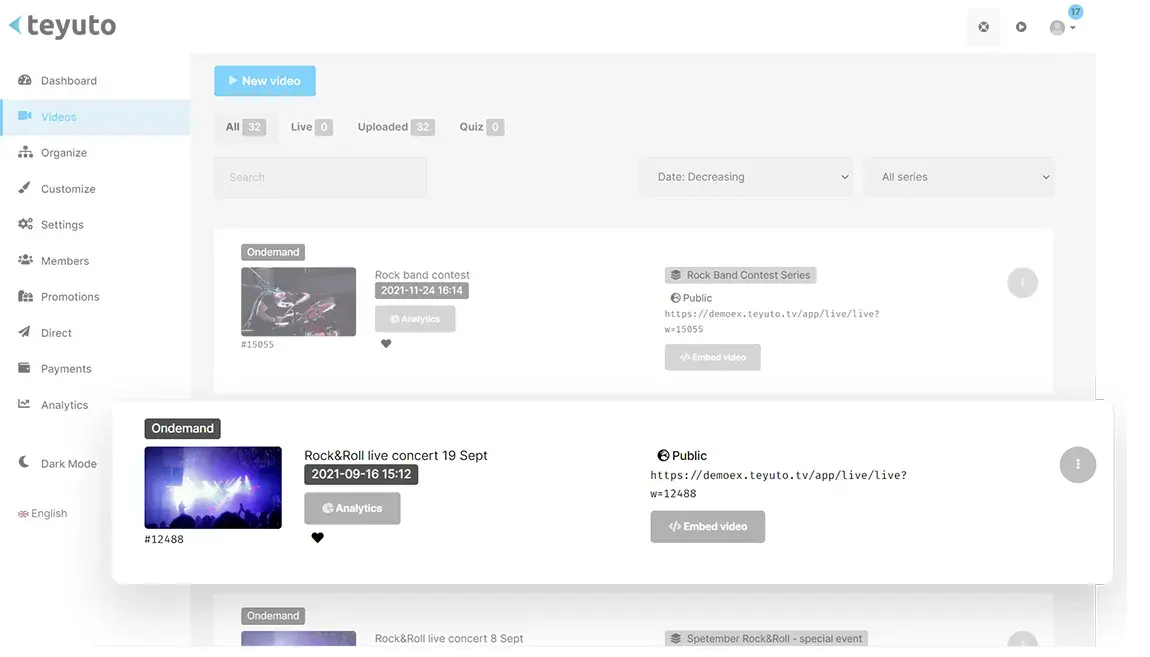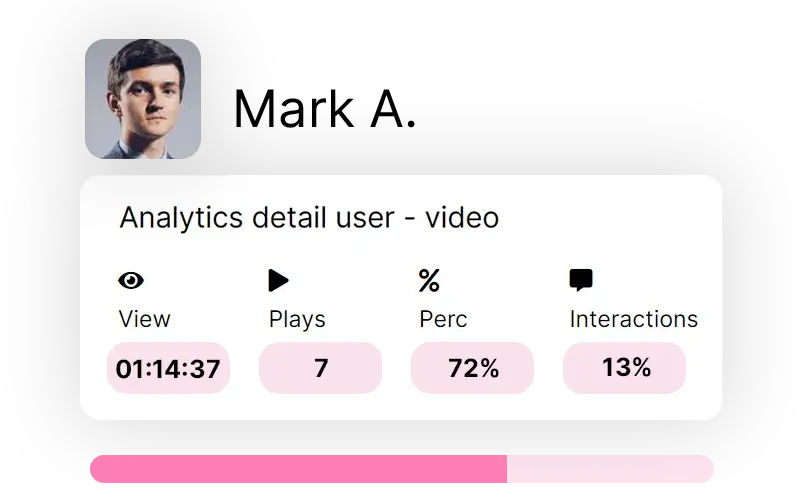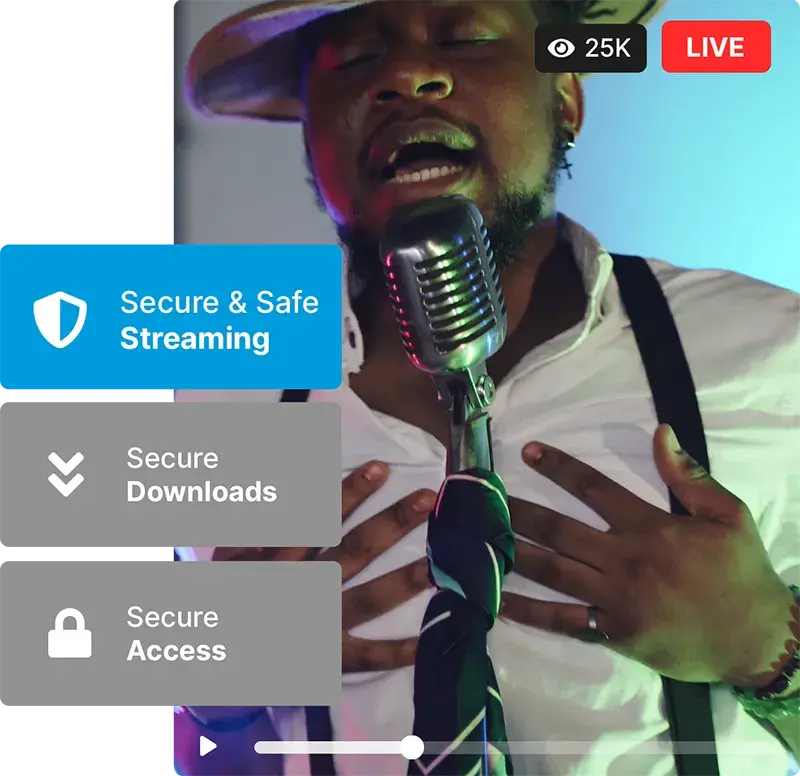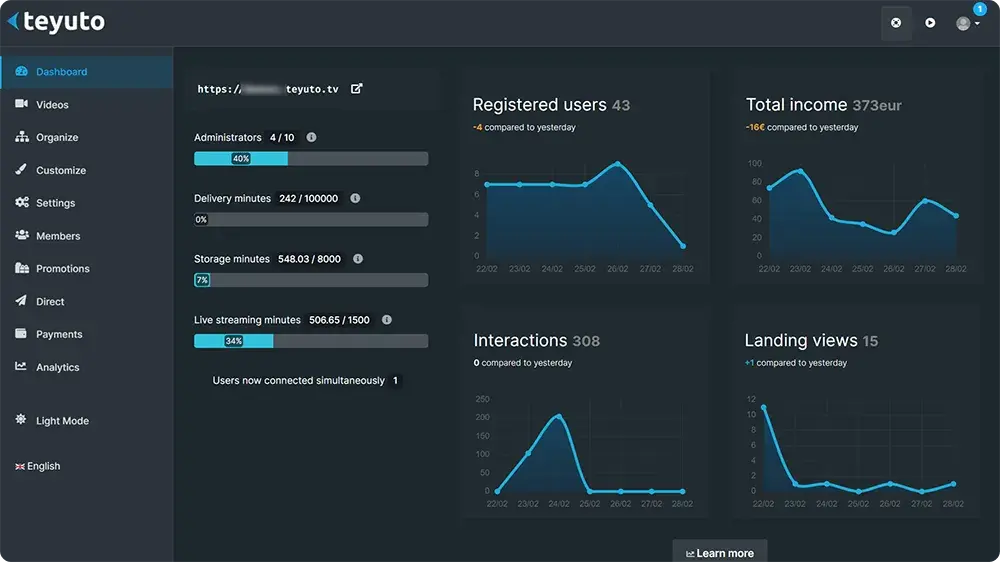“If you do what you love, you’ll never work a day in your life.”
- Marc Anthony
We all have a passion – an innate desire to do something that everything else pales in comparison. It could be anything from cooking to hiking to playing guitar, baking cakes, or even collecting stamps; something we like to do for fun. But what if our hobby could be more than our favorite pastime? What if we could turn it into a full-fledged business venture?

“Is that even possible,” you may ask. “I enjoy playing games. How can I make money out of that?” Well, stop for a moment and think. In 2020, there were 1.2 billion video game viewers across the globe who generated $9.3 billion in revenue for the industry. If you enjoy gardening, in the U.K. alone, an adult spends $670 per year on gardening-related renovations, accessories, tools, and gardening toys. Don’t you think people wouldn’t need your help with something? Even if your favorite pastime is baking cakes or guzzling beer, there’s a business opportunity waiting right for you.
There are multiple ways in which you can convert your hobby into a thriving business. Once you do that, you’ll not only be doing something you love but will also be rewarded monetarily to fuel your passion. So, without further ado, let's get started.
It is not as difficult as it may seem at first. But it becomes critical to adopt a rational and well-informed approach.
What this means is that you shouldn’t quit your day job yet. You must do a lot of groundwork before taking the plunge and determine whether it’s possible, if it’s the right move for you personally and professionally, and factor in all the scenarios. Only then can you arrive at a good decision.
So, let's begin with the basics.
Can you turn your hobby into a business venture?
Yes, you can. In many cases, people have taken their hobbies and parlayed them into successful businesses. For example, Sara Blakely wanted to look good when she cut the feet of her pantyhose and converted the idea into Spanx, a multi-million dollar company. Similarly, Mrs. Fields Original Cookies started as a hobby. Debbi Fields’ husband didn’t believe she would sell even $50 worth of cookies on her first day. She not only sold cookies worth $75 but also became a household name in America just a few years down the line.

Amazon, The Walt Disney Company, eBay, Harley Davidson, and many others were all started as passion projects. While starting up, many of their founders didn’t imagine how far they would go. Now, it’s hard to imagine how the world would’ve been without them.

From top-left to bottom-right; image of Jeff Bezos with books, the first Harley Davidson factory, Sara Blakely, Walt Disney with Mickey Mouse goodies, and a creative of Three Bird NestThis brings the spotlight back on you. With the raging passion that you have for your hobby, do you want to create a legacy out of it? If so, then no force can ever stop you from turning your hobby into a business venture. The only worst-case scenario is that your business may not be successful right off the bat. But, it will give you a lot of learning. And, with your burning desire, you will eventually turn your dream into reality.
The truth be told, your initial idea will most likely fail. It may not fail because it’s a bad idea. It may fail because that’s how everything works. For instance, roughly 60% of all new businesses fail in their first three years because of multiple reasons. Even well-thought-out businesses that achieve pole positions in their respective segments fail. Remember Nokia? Anyhow, this doesn’t mean that you shouldn’t launch your business.
Looking at the bright side, there’s still a good 40% chance that you may succeed. If you don’t go ahead, this chance immediately drops to zero.
As one of the greatest all-time inventors, Thomas Alva Edison, said when asked about his failures, “I have not failed 10,000 times—I’ve successfully found 10,000 ways that will not work.” So, in the long run, don’t dwell on your mistakes. Simply focus on the one way that would ultimately work. Sooner or later, you’ll find it!
To improve your chances of success, keep this aspect in mind and always give attention to details. Eliminate all possibilities that can stop you on your path to glory. Also, make your strategy simple and straightforward, and set your expectations to the bare minimum. Remember, you’re doing this primarily because of your passion. Money, here, becomes the secondary consideration.
Should you turn your hobby into a business?
This is a tricky question. You’re the best judge of the situation and no one else should tell you whether or not it’s a good idea. It will need you to know the pros and cons of doing so. Only after weighing them can you determine how you should proceed.

For instance, one of the pros is that you’ll be more engaged in the work and will always push up the mantel. On the other hand, you could lose interest in your hobby eventually.
Not considering such possibilities right now will have a far-reaching impact on everything from your personal to professional lives. So, here are some merits and demerits of turning your hobby into a business. Let’s cover the bitter part first.
What are some disadvantages of turning a hobby into a business?
Well, as already mentioned, the biggest drawback of converting your hobby into a business is the likelihood of losing interest in it. Hobbies are an escape mechanism for most of us. They help us unwind and overcome stresses and boredom in our day-to-day lives. However, when they become our day job, our hobbies are no longer a few hours’ endeavors. We have to work on them full-time – even when there is no fun. Some of our liberties such as choosing projects at our will also vanish as we have to meet the bottom line of our businesses.
So, ask yourself a couple of questions. In such a scenario, how are you going to unwind if it isn’t so? Some of the other major disadvantages of making your hobby a business include,
- Your hobby may not be as profitable
The chances are that your hobby won’t be as profitable as your day job, at least during its initial phases. What will be your backup plan then? How do you plan to manage your financial commitments? What changes can you make to deal with this situation?
- It will not be easy to side hustle with your existing responsibilities
You only have 24 hours in a day and 7 days in a week. If your existing routine is jam-packed, how are you going to spare a couple of more hours on side hustles? How will you compensate for it? What will happen if your responsibilities increase?

- You may require additional investment, networking, or channel partners
Say you build a good rapport with your target audience and receive a couple of orders. It’s only that the orders have to be delivered somewhere you can’t reach. How are you going to deliver then? Similarly, say, you begin selling custom guitars and receive an overwhelming response. But your orders can only be managed if you scale up your production with a dedicated guitar manufacturing unit. Can it be done on time to meet your commitments? Do you have a prospective investor in mind to help you with it? Can you enter a channel partnership instead?
- You may not find the best opportunity
A major issue with making any hobby a profession is that either too many people will share it with you or too less. In the former scenario, enterprising individuals would have already explored major business opportunities. It will be difficult for you to compete in those segments unless you have a really great strategy. If the hobby is not so popular, then there will be too few explorable avenues, to begin with. In both cases, you’ll have to be very inventive to break through the clutter.
- You may need accreditation, copyrights, or distribution rights
Do you want to conduct a writing workshop on Harry Potter or create Harry Potter goodies? You will need the relevant permissions. Similarly, if you are good at giving financial advice and now want to begin consultation services, you will have to be a certified financial advisor. Not having proper accreditation can land you in legal and regulatory challenges. The same holds for distribution rights if you want to curate or distribute music, movies, or any other creative work.

- You may not work on your area of interest
If you enjoy gardening, you’d want to maximize your time in the garden and not while making sales calls, developing specialized tools, creating digital campaigns, editing videos, responding to emails, and so forth. But it’s a tradeoff that you will have to accept. Surely, there are ways to maximize your time in the garden, but there will always be an upper limit to it. Mostly, you’d be still working as you would in a day job. The only advantage is that it will be related to what you enjoy.
What are the greatest benefits of turning a hobby into a business?
Now that we have covered the disadvantages, let’s jump to the good part. So, why it is still a good idea to turn your hobby into a business?
- The ability to make money from something you love doing
One of the primary benefits of turning your hobby into a business is that it allows you to make money from something you absolutely love! No longer will you have to endure the daily nine-to-five slog just so you can pay your bills. Even if your business doesn’t become successful immediately, at least, you will be spending your time and energy on something close to your heart.

Alt tag: An ecstatic women with aqua-colored hair and a lively facial expression
- Gaining new skills and knowledge with business operations
When you convert your passion project into a business, there are multiple skillsets that come along with it. You learn everything right from handling finances and managing people to marketing products/services and understanding consumer behavior. These are essential skills that remain valuable throughout your life. You also get to learn more about your hobby including industry insights, interesting facts, related activities, global events, and so forth.
- Meeting new people and networking with like-minded individuals
Another significant advantage is meeting different people who come from diverse backgrounds and share similar interests as yours. We usually stick within our social circles which may limit our exposure to fresh perspectives and ideologies, especially in our areas of interest. However, once you meet new people, suddenly an entire world of opportunities opens in front of you which may help take your business and passion further.

- The satisfaction of seeing your own creation grow
When you’re working on something you love, it is only natural to make it the best version of itself. Seeing your venture grow from its small-scale operation to a full-fledged business gives you a sense of accomplishment and pride like none other. This feeling cannot be described in words. No amount of money can ever buy this experience.
- The potential to turn your passion into a high-paying career
Imagine being able to do what you love every single day and getting paid handsomely for it. Sounds like a dream, doesn’t it? It’s what you do when you turn your passion into a career and be your absolute best at that.
- Having the freedom and flexibility to work on your own terms
One major perk of being your own boss is the power to design your work schedule around things that are important to you. No more reporting early for meetings or working late nights – if running errands or taking care of personal commitments during office hours works better for you, then so be it! Of course, this newfound freedom does come with its share of responsibilities. But, ultimately, it feels great knowing that you are in control.

- Creating a legacy that you can pass down to future generations
Last but not least, when you build a business from scratch, there’s always the potential of it becoming a legacy that can be passed down to future generations – be it in your family, professional circles, or pop culture. In one's lifetime, very few people accomplish this milestone.

These points will give you a fair idea about what could be the advantages and disadvantages of making a living out of your hobby. Consider these points and arrive at a conclusion that works best for you.
Now, let's get to the meat of the piece. Let’s understand how to master the art of making money from your passion.
Alright, so how can I make money off my hobby?
Turning your favorite activity into a business requires careful consideration and strategic planning. Here are a few ideas to get started:
1. Start by selling what you already have:
If you love crafting items like jewelry at home, why not start by selling them online? This will give you an estimate of the demand for such products or services and also help raise initial capital for your venture. You can leverage eCommerce platforms such as Amazon, Etsy, etc. It will help if the platform you choose specializes in your particular offering. You will also have to develop the know-how of marketing your product on the relevant platforms.

Here, it’s critical to note that any eCommerce marketplace such as Amazon, eBay, etc. is going to charge you a hefty commission. However, you'll just have to deal with it. It’s because similar traction wouldn't be possible on your digital storefront initially.
Still, you must go ahead and create your branded storefront. There are tons of platforms like Shopify or WooCommerce to help you with this.
But why do you need a storefront when your purchases are more likely to come from elsewhere? Because that’s where you want your retained customers to be ultimately. It will not only give a boost to your customer loyalty and brand-building exercises but will also minimize your overheads on commissions.
2. Create informational content
One of the best ways to make money from your hobby is to create, distribute, and sell informative content related to it. This can be in the form of e-books, podcasts, webinars, or even live streaming as well as pre-recorded video courses. For example, if cooking is your thing, then you can create a video series on some cuisine or start a recipe channel highlighting different dishes from around the world. There are multiple platforms that allow you to sell this content such as Amazon Kindle Direct Publishing, Gumroad, Udemy, etc. But here, again, you’ll have to deal with commissions.

A better strategy can be to create videos for YouTube, gain decent subscribers, and then promote your paid products or services occasionally. You can also integrate video courses on your website or mobile app using video monetization platforms like Teyuto. Such platforms not only eliminate commissions but also give you unmatched control over your branding – down to the look and feel of your video player!
Teyuto also makes it easier for you to build your white-label platform without writing a single line of code, thanks to its drag-and-drop channel builder. Give the platform a try. There’s an ongoing free trial right now.
3. Offer demonstration or consultation services:
This is a great option if you have some expertise in your hobby area. You can start by giving demonstration classes or offering one-on-one consultations either online or offline. For example, if you have a knack for gardening, then you can offer tips on starting a garden, taking care of plants, and so on via pre-recorded series or live streaming sessions. You can also offer to consult people who want to start a garden of their own.

This option not only lets you make money from your hobby but is also a great way to build an audience for other content or products that you might create in the future.
If you’re really good at your hobby, then chances are that others would like to learn from you or even buy products related to it. For example, if knitting is something that comes to you naturally, then selling finished knitwear items or offering knitting classes would be a great idea. You can also sell yarns and other materials required for knitting as well as kits containing everything people need to get started. The best part about this option is that it opens up multiple revenue streams which can help stabilize your business venture in the long run.
5. Organize events around your hobby:
If your hobby is more community-oriented, this is the best option. You can start by organizing small meetups, events, or conferences related to your hobby and then scale it up gradually as you gain traction. For example, if hiking is something that excites you, then you can start by organizing group hikes close by and then move on to longer trails in other states or even countries. Similarly, for photography enthusiasts, you can organize photo walks around your city or event-based photoshoots and eventually expand it to other interesting locations and activities.

The key here is to build a community of like-minded individuals who are passionate about the same thing as you are. You could turn them into loyal customers once you build a good rapport.
6. Be an influencer:
If you’re adept at marketing and are popular on social media, then you can also become an influencer. Companies will pay you to promote their products/services on your social media channels provided that there’s a match between what they’re offering and your interests/hobby area. For example, GoPro pays travel bloggers and Instagrammers to post pictures using its action cameras while leading electronics manufacturers pay techies and gamers for using their products on social channels.
It takes years of hard work, consistency, and dedication to build a strong social media presence. So, prepare yourself for the long haul.
7. Write a blog or create videos on your hobby:
This is a great option if you’re good with words and have some creative flair as well. You can start by writing articles or creating videos on topics related to your hobby. For example, if painting is your thing, then you can write about different painting techniques or review various artworks or art supplies like brushes, easels, etc. Similarly, music lovers can create artistic content and also review different musical instruments or software used in music production.

8. Collaborate with other businesses in your industry:
If you don’t want to invest too much time and effort into building a business from scratch, then collaborating with other businesses in your industry could be the perfect alternative.
For example, if you love adventure sports, then getting a franchise of an established company offering the relevant services would be a great idea. It will give you access to their customer base and also help reduce costs associated with setting up and running the business. This option works well as everyone stands to gain from the collaboration – so it’s truly a no-risk, win-win situation to begin with!
9. Conduct workshops, webcasts, & webinars
Conduct workshops, webcasts, or webinars related to your hobby where people can learn more about it while also having some fun! This works particularly well for hobbies like painting, pottery making, cake decoration, etc. People are always looking for new experiences and this provides them with a great opportunity to learn something while also spending some quality time with friends or family, if you design their experience such. For digital events, you also have the option to cross-sell branded kits to be used during such events.
10. Start a subscription service
Why don’t you start a subscription-based service related to your hobby? This could be anything from monthly boxes of goodies for pet lovers to quarterly shipments of fresh fruits and vegetables for people who love gardening! It’s a great way to monetize your hobby. It builds up a loyal customer base while keeping people eager to receive your products or services on a regular basis.

You can also complement such subscriptions with a video content subscription and vice versa. Make sure to keep your community engaged throughout. Here, Teyuto’s community marketing tools can prove they're worth in gold, thanks to their automated emails, push messages, and other valuable features. Explore every way in which you can keep your target audience hooked.
12. Sell custom-made products
Another great way to make money from your hobby is to sell custom-made products to people. For instance, if you’re into painting, then you could create customized paintings or sketches for people based on their requirements. You can also enter into a partnership with wholesalers and sell your branded canvas, brushes, paints, or other products to your audience.
Similarly, if woodworking is your thing, then you could make and sell custom furniture or other wooden items like jewelry boxes, photo frames, etc. personalized to your customers’ needs. The options here are endless. You just need to think out of the box.
Can’t decide? Try Live Streaming Your Hobby!
Today, we live in a creator economy, where more than 50 million independent content creators, curators, and community builders are generating value for their audiences with their unique and compelling content. Creating video content such as a VOD or live-streaming platform is one of the ways to go forward. For instance, live streaming not only allows you to monetize your video content but also build a highly engaged community around it.

Market research reveals that an average person views 100 minutes of video content daily. And this is just your average Joe – not some video-loving, binge-watcher! So, the chances are that there will be a wider audience for your video-driven enterprise.
People literally crave captivating content on various topics. Just open YouTube. Search anything that comes to your mind. Whether it’s reusable model rocket making or ant-keeping as a hobby, you’ll find that there videos on these topics and millions (and, sometimes, billions) of people have watched them. Why wouldn’t someone watch your hobby content then? At least, if you present it in a gripping format. For inspiration, you can read our blog on video monetization as well. You’ll learn everything from what channels to what your strategy should be while beginning a video venture in it. Go check it out!
In terms of beginning a venture, video making also comes with a smaller barrier to entry. All you need to have is a video camera, which, chances are, you already do. Every smartphone and laptop nowadays comes with an in-built camera. Every other accessory that you need is just an add-on.
Final thoughts
There you have it – everything you need to know about turning your hobby into a business venture!
Just remember to take things slow at first and steady your ship while making well-informed decisions. Build up a solid foundation for your business and then take the plunge.

We hope this article was helpful in giving you some direction. If you have any further questions or would like to share your own experiences, feel free to leave a comment below!




